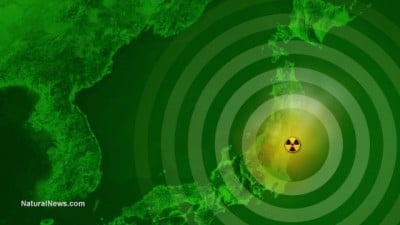
Indian Point Nuclear Power Plant New York continually leaks radioactivity into the Hudson River. This has been going on for years. Seriously!
Meanwhile, New York’s Governor Andrew Cuomo agrees with advocacy groups such as Riverkeeper, Physicians for Social Responsibility, and The Sierra Club to close Indian Point. Why? Environmentalists claim the radioactive leaks are “just the tip of the iceberg,” Amy Kraft, Indian Point Nuclear Plant Called ‘Disaster Waiting to Happen, CBS News, Feb. 26, 2016.
According to CBS News, water at one of the monitoring wells for Indian Point showed a 65,000% increase in tritium, which, according to nuclear industry specialists, is the kind of radiation that passes through the body very quickly via urination. That’s a relief!
On the other hand, “… little research has been done on the health effects of exposure to increased levels of tritium. But the NRC states: ‘Exposure to very small amounts of ionizing radiation is thought to minimally increase the risk of developing cancer, and the risk increases as exposure increases,” Ibid.
On second thought, “the risk increases as exposure increases,” doesn’t sound too good. After all, +65,000% likely hits the marker within the category of “risk increases as exposure increases.” When is too much, too much?
“However, Jerry Nappi, a representative for Entergy Corporation, said that the most recent issue at Indian Point would not have any impact on human health or life in the river. ‘Concentrations would be undetectable in the river,’ Nappi told CBS News. ‘We know from more than 10 years of hydrological studies on the site that it [radioactive contaminants] can’t reach drinking water sources in nearby communities,” Ibid.
So, where do the radioactive contaminants go?
But wait, there’s more, according to Riverkeeper, since at least August 2005, radioactive toxins such as tritium and strontium-90 have been leaking from at least two spent fuel pools at Indian Point into the groundwater and the Hudson River.
…click on the above link to read the rest of the article…













